Oman travel tips
Oman travel tips: Arabian Peninsula gem with diverse landscapes, ancient forts, vibrant souks, and a rich heritage blending tradition with modernity.
Divisions 🌎
Oman travel tips. Here is a list of all the divisions of the Oman.

Ad Dakhiliyah
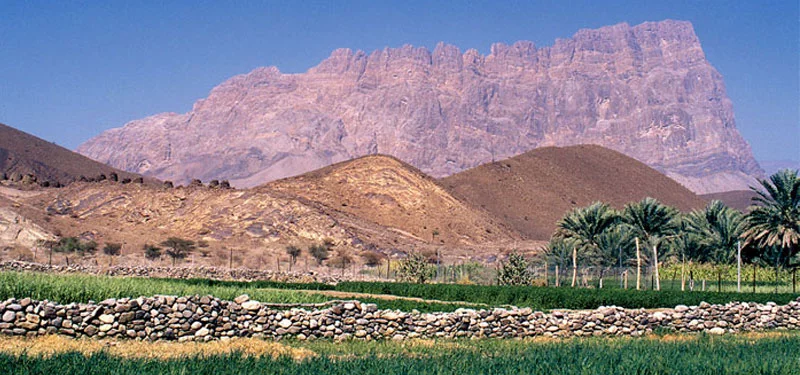
Ad Dhahirah
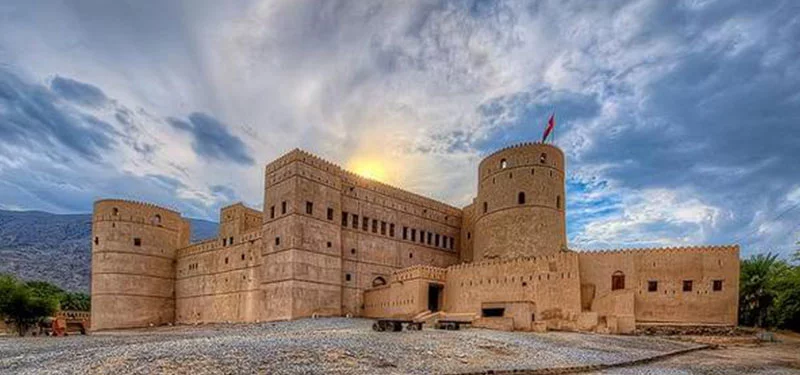
Al Batinah North

Al Batinah South

Ash Sharqiyah North
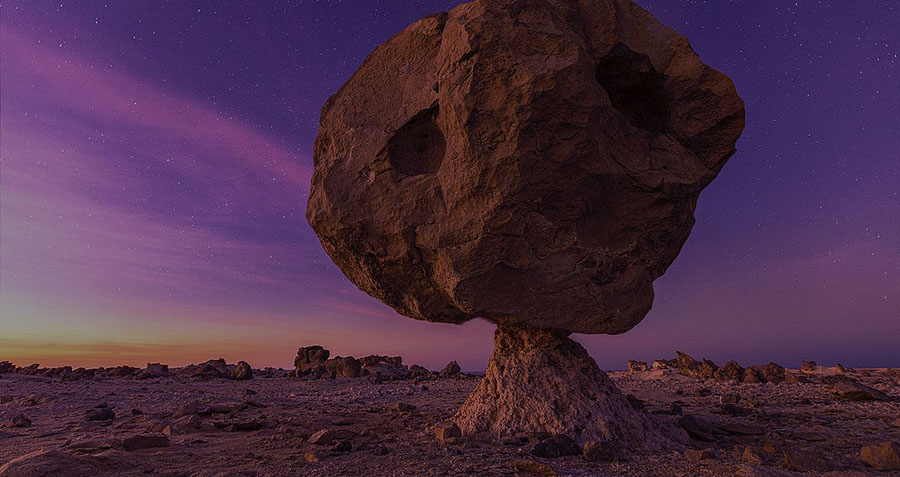
Al Wusta
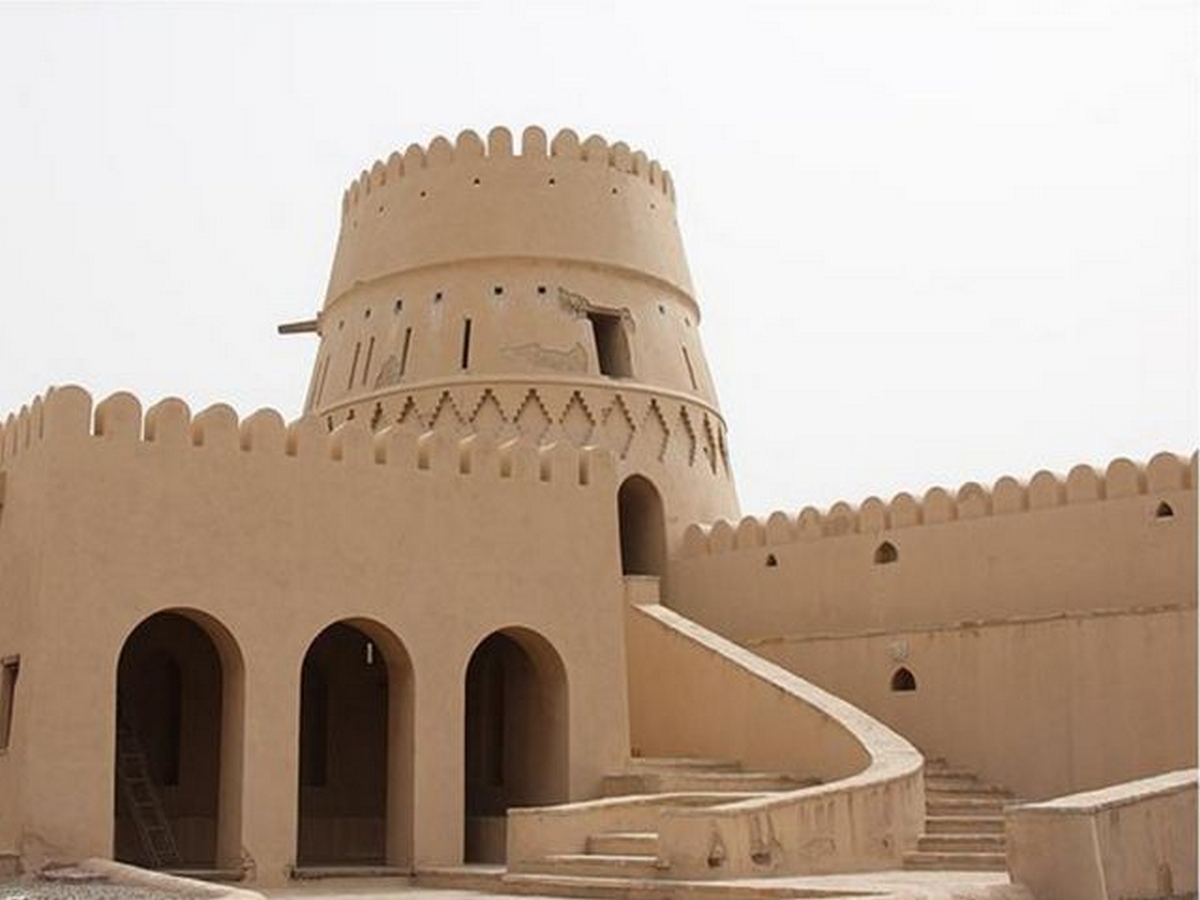
Al Buraimi

Ash Sharqiyah South
Before you go 🛩
Important information you should know before your trip
Info
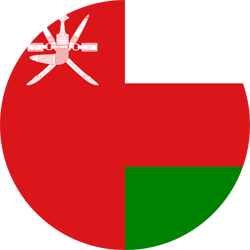
Capital | Muscat
Flag Codes:
ISO alpha-2 OM,
ISO alpha-3 OMN
Currency
Badge | Omani rial
CODE | OMR
NUMBER | 512
SYMBOL | ر.ع.
FRACTION | baisa
Mobile Coverage
Dialing Code | +968
SIM Card
Coverage | 3G / 4G / 5G |
Mobile Networks | Omantel Mobile | Ooredoo Mobile |
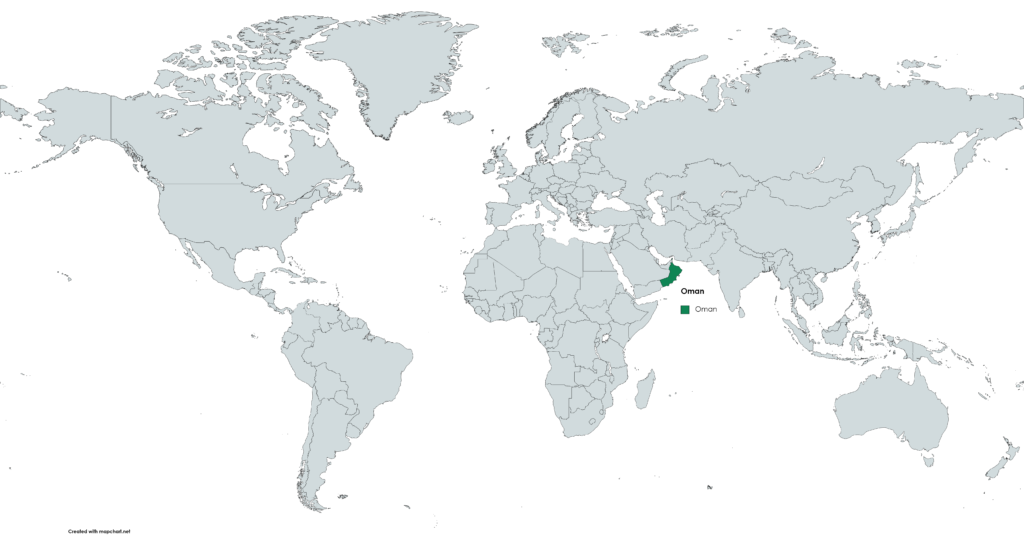
Location
Oman is a country located in the southeastern part of the Arabian Peninsula in the Middle East. It has a coastline along the Arabian Sea and the Gulf of Oman.
Oman is known for its diverse landscapes, including deserts, mountains, and a coastline that stretches along the Arabian Sea. The country’s strategic location along important sea routes has historically contributed to its role as a trading nation.
Currency
The official currency of Oman is the Omani Rial (OMR). The Omani rial is divided into 1,000 baiza. Omani rial banknotes have denominations of 0.1, 0.5, 1, 5, 10, 20, 50, and 100 rials, while coins have denominations of 5, 10, 25, and 50 baiza.
The Omani rial is one of the most valuable currencies in the world, so it is advisable to exchange foreign currencies in banks and authorized exchange houses. It is also possible to withdraw money from ATMs in Oman using international debit or credit cards.
Languages
Arabic is the official and most spoken language in Oman, but other languages are also spoken due to the country’s ethnic diversity. Some of the languages spoken in Oman include:
Baluchi: is spoken by the Baloch ethnic minority in eastern Oman.
Swahili: Spoken by some residents of the east coast of Oman who have trade and historical ties to East Africa.
Urdu: Spoken by a minority of Pakistani immigrants and by some educated Omanis who have studied in Pakistan or have business ties to the country.
English: is widely used as a second language and is spoken by many educated Omanis and in the tourism sector.
It is important to note that the majority of the Omani population speaks Arabic and therefore it is advisable to have at least some basic Arabic skills to communicate in the country.
Climate 🌡
Oman’s climate varies greatly depending on the region, with a combination of desert, coastal, and mountainous climates. The country experiences hot and dry conditions in most areas, but the climate can be quite diverse due to its topography. Here’s an overview of the climate in different parts of Oman:
Coastal Areas (Coastal Desert Climate):
Coastal areas along the Arabian Sea and the Gulf of Oman have a hot desert climate. Summers (April to October) are extremely hot and humid, with temperatures often exceeding 40°C (104°F). Winters (November to March) are milder, with temperatures ranging from 20°C to 30°C (68°F to 86°F).
Interior Desert (Interior Desert Climate):
The interior regions, including large parts of the interior, experience a harsh desert climate. Summers are extremely hot, with temperatures often exceeding 45°C (113°F) in some areas. Winters are cooler, with daytime temperatures ranging from 20°C to 30°C (68°F to 86°F) and colder nights.
Mountainous Areas (Mountain Climate):
The mountainous regions, including the Al Hajar Mountains, have a milder climate compared to the rest of the country. Summers are cooler, with temperatures ranging from 20°C to 30°C (68°F to 86°F) during the day. Winters can be chilly, especially at higher altitudes, with temperatures ranging from 10°C to 20°C (50°F to 68°F) during the day.
Salalah Region (Monsoon Climate):
The Dhofar region in the south, including Salalah, experiences a unique monsoon climate. From June to September, the region experiences the khareef (monsoon) season, during which it receives moisture-laden winds from the Indian Ocean. This results in cooler and humid conditions and contributes to lush vegetation.
Rainfall:
Oman is generally dry, with very little rainfall in most areas.
The Dhofar region receives the majority of its annual rainfall during the khareef season, which contributes to its distinctive greenery.
Oman travel tips
If you’re planning a trip to Oman, here are some travel tips to enhance your experience:
Visa Requirements:
Check visa requirements before arrival; many nationalities can obtain a visa on arrival or apply online.
Cultural Sensitivity:
Respect local customs; dress modestly, especially in public places and religious sites.
Weather Considerations:
Visit during cooler months (October to March) to enjoy more comfortable temperatures.
Language:
Arabic is the official language, but English is commonly spoken in tourist areas.
Transportation:
Rent a car for flexibility or use local taxis. Oman’s roads are well-maintained, and driving is straightforward. View Guide.
Adventure Activities:
Explore the diverse landscapes, from deserts to mountains. Consider activities like dune bashing and wadi trekking.
Safety:
Oman is generally safe; exercise usual precautions. Emergency services can be reached at 999.
Enjoy your time in Oman!

The best of the best
Omani cuisine reflects the country’s rich history and diverse cultural influences, with a blend of Arabian, Indian, Persian, and East African flavors. Traditional Omani dishes often feature a mix of spices, rice, meat, and seafood.
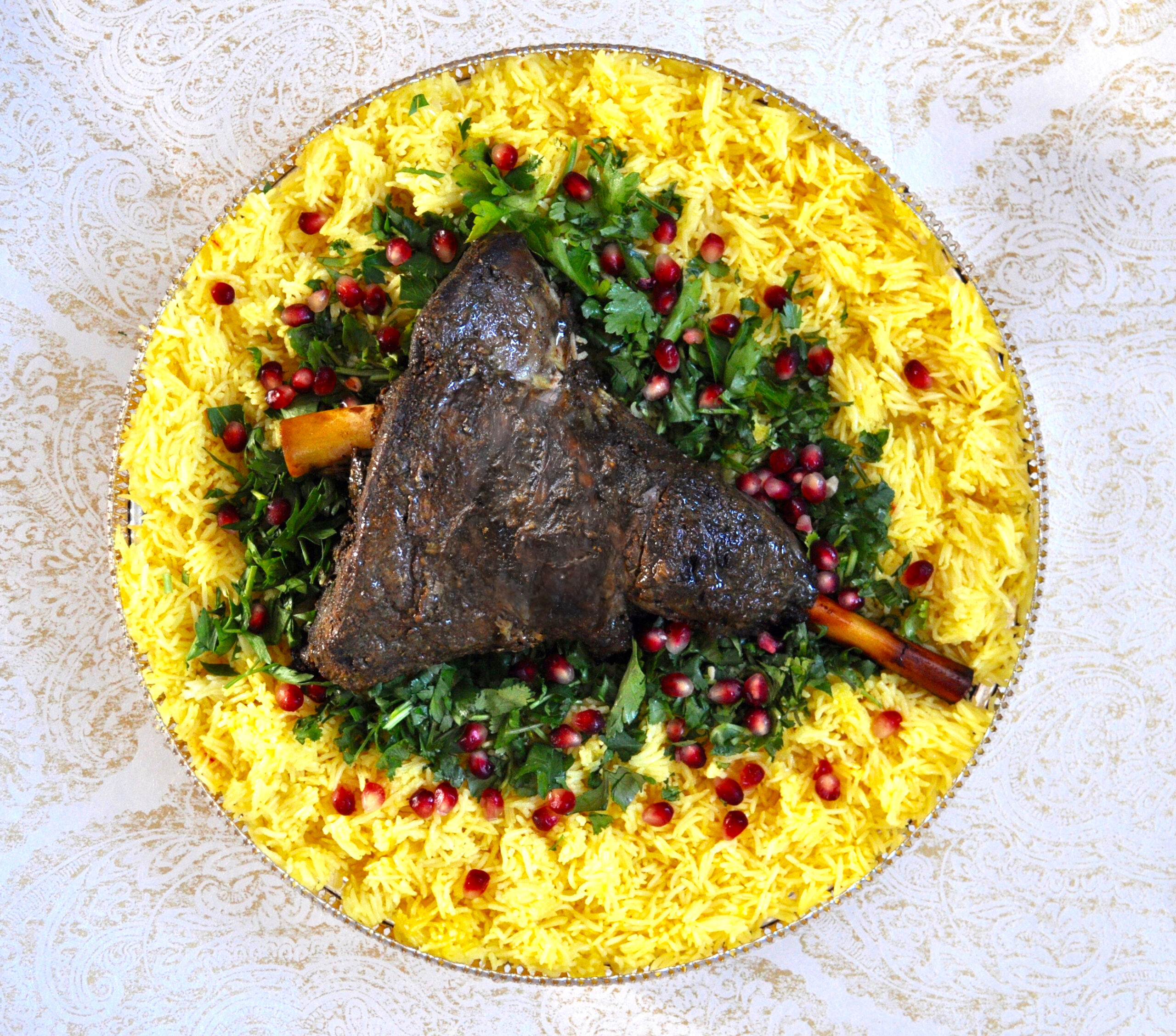
Shuwa
Shuwa is a traditional Omani dish made from marinated lamb or goat that’s slow-cooked in an underground sand oven for several hours.

Mandi
Mandi is a rice dish made with spiced rice and tender meat (usually chicken or lamb). The meat is marinated with a blend of spices and cooked together with the rice, creating a fragrant and flavorful dish.
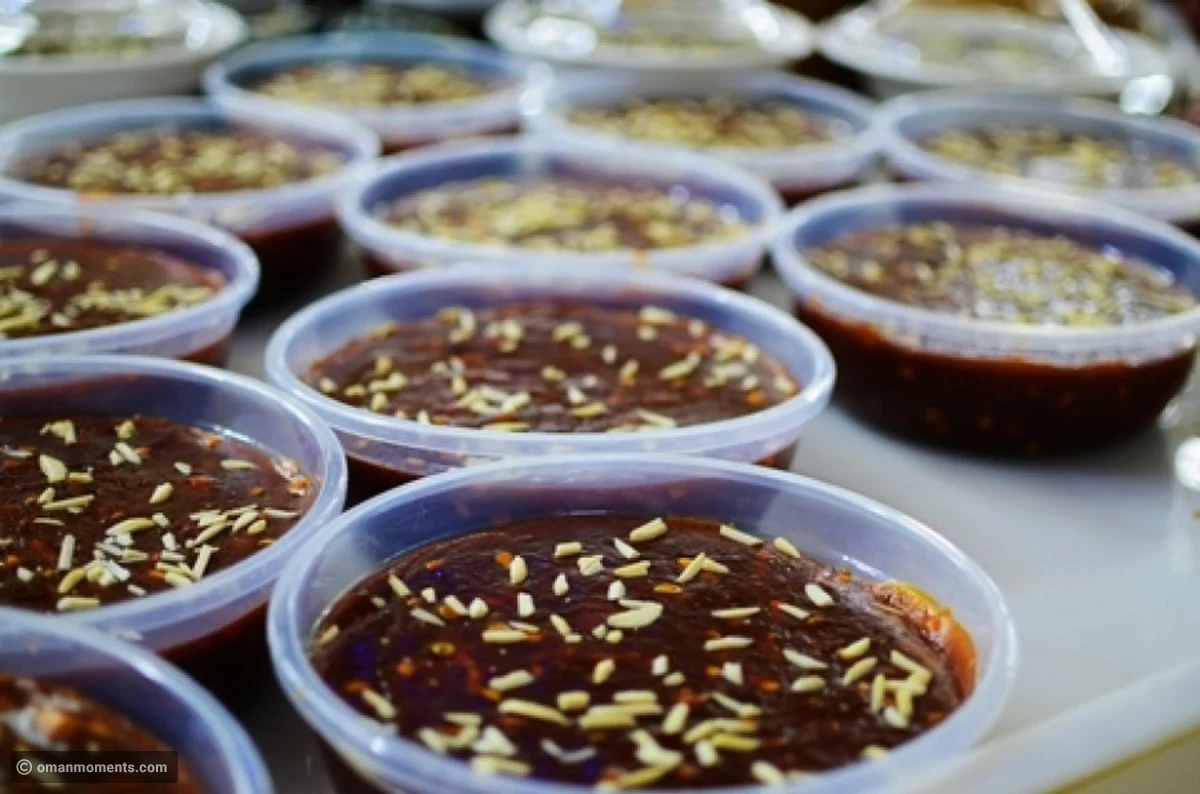
Omani Halwa
Omani halwa is a sweet and sticky dessert made from a mixture of ingredients such as semolina, sugar, ghee, rosewater, and saffron. It’s often flavored with cardamom and garnished with nuts.
Here are some typical foods of Oman:
Maqbous: Similar to Mandi, maqbous is a rice dish with meat (chicken, lamb, or goat) and a mix of spices. The dish often includes vegetables and sometimes dried fruits as well.
Omani Shrimp Rice: A seafood variation of the traditional rice dishes, this dish features spiced rice combined with shrimp, creating a unique and flavorful combination.
Harees: Harees is a savory porridge-like dish made from wheat and meat (usually chicken or lamb). The ingredients are slow-cooked together to create a comforting and hearty meal.
Makbous al Laham: A dish made from rice, meat, and a mix of aromatic spices, creating a flavorful and satisfying meal.
Omani Bread: Omani bread, called “khubz,” is a staple in Omani cuisine. It’s a round and thin flatbread that’s typically served with various dishes.
Omani Coffee: Omani coffee, known as “qahwa,” is a traditional coffee infused with cardamom. It’s often offered as a symbol of hospitality.
Samboosa: Similar to other regional cuisines, samboosa (samosa) is a popular snack. It’s a deep-fried pastry filled with spiced meat, vegetables, or cheese.
Omani Salad: A simple salad made with chopped vegetables like tomatoes, cucumbers, and onions, often flavored with a lemony dressing and aromatic herbs.
Omani cuisine emphasizes the use of local ingredients, spices, and traditional cooking methods.
Transportation 🚥
More information about this country
Choose your destination 📍🗺
Useful Links ✅







